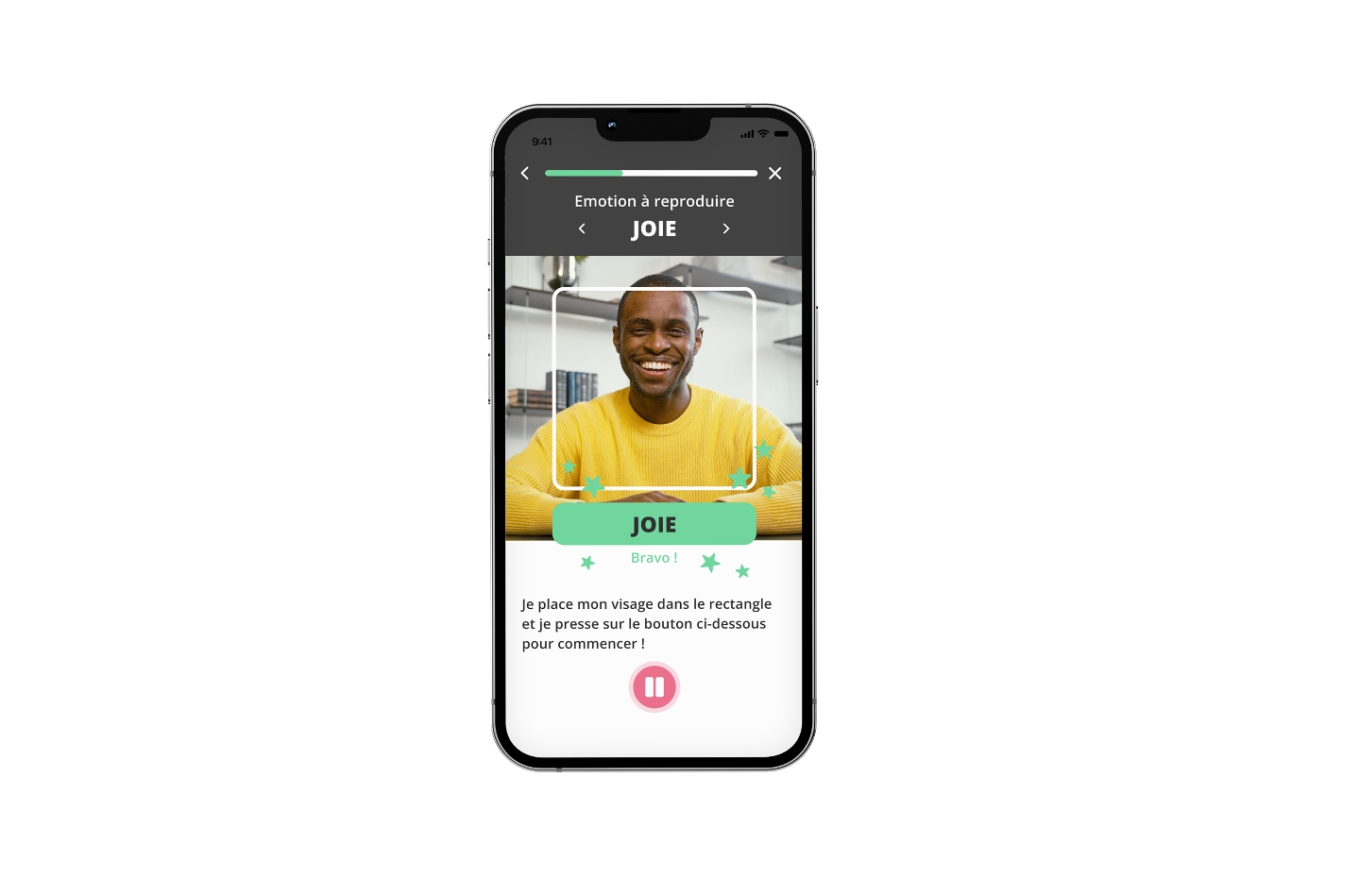By Laurent Vuarraz
What makes the difference between a challenging walk in the woods, a funeral ceremony, an exciting expedition, a wedding or getting lost in the woods at dusk? The different emotions that these experiences make me feel.

While emotions are associated with the most beautiful moments of our lives, they can also be terrifying because of the reactions they trigger in us. That's why, in all the training courses I've given over the last 20 years, people systematically want to manage their emotions better in their communications. So I ask them, "Why? Because I have to control myself, I'm too sensitive, I lose control and I'm helpless."
The illusion of emotional control
Our strong emotions can generate fearsome reactions and behaviour. They can be painful and sometimes dangerous. They are often an obstacle to good relationships. They hurt us, make us feel ridiculous, weak and incompetent. They tighten our stomachs, prevent us from sleeping, make us scream and sometimes even cry... And their uncontrollable dimension makes us doubt ourselves. That's why, at first sight, we all want to control our emotions. We want to be able to manage them, to control them.
We believe that a person with good self-control knows how to manage their emotions and neutralise their reactions. Some people go so far as to dream of being able to suppress their emotions. Emotional control would therefore mean being able to put the brakes on an inappropriate action, or even not feeling anything at all. But if I do this... Am I acting for or against myself?
Rather than trying to tame our emotions, we need to understand them better.
Identifying and understanding emotions
Emotions are an authentic reflection of what's going on deep inside us. And rather than taming or suppressing them, it's all about understanding them better. Our Talk.Swiss technology gives you the opportunity to capture your emotions and tame them in a safe environment. Our raison d'être is to support you so that you can use them with talent. Our magic mirror allows you to get to know your emotions in a safe environment.
By becoming dynamically aware of my emotional universe, I can interact with the negative and positive emotions that arise within me. Then I learn how to link them so that they communicate with each other to facilitate access to movement and vital energy. This enables me to steer my intention in the knowledge that we can't live with positive emotions alone. Negative emotions are essential to our survival; they mark out a path and provide security.

With our solution, you'll finally be able to understand what's going on in your face at an emotional level and, by extension, inside you.

You get to know the basic emotions and discover that they are generally made up of several emotions that overlap one another. For example, you may feel irritation, which is made up of anger and disgust. Our nervous system is so fast that it can transmit several emotional signals at the same time to form complex emotions. Our technology makes it possible to visualise them. And finally you can understand what you are sending out. You can realise that you are sending contradictory emotional signals that can coexist without any problem and without you even being aware of it.
Our magic mirror
Our "magic mirror" enables you to become aware of your emotions. You no longer try to control them, but see them as a development guide to improve your professional impact. Little by little, they become a powerful lever for improving your relationships and your posture.

Article submitted by Laurent Vuarraz Voisin
With a background in human science and collective intelligence, Laurent Vuarraz Voisin helps organisations experiment with new forms of shared governance and a new positioning for leadership. He founded TALK in 2011, consolidating his skills in human resources and the media. A communications specialist with more than 20 years' experience as a journalist, producer and manager at RTS, his approach and interventions are based on a synergy of his different skills. Centred on the posture of the manager, her practice places the individual as the actor of change and the relationship as the driving force behind involvement. Her ability to listen and adjust enable her to reveal meaning and pool individual resources through co-construction.

